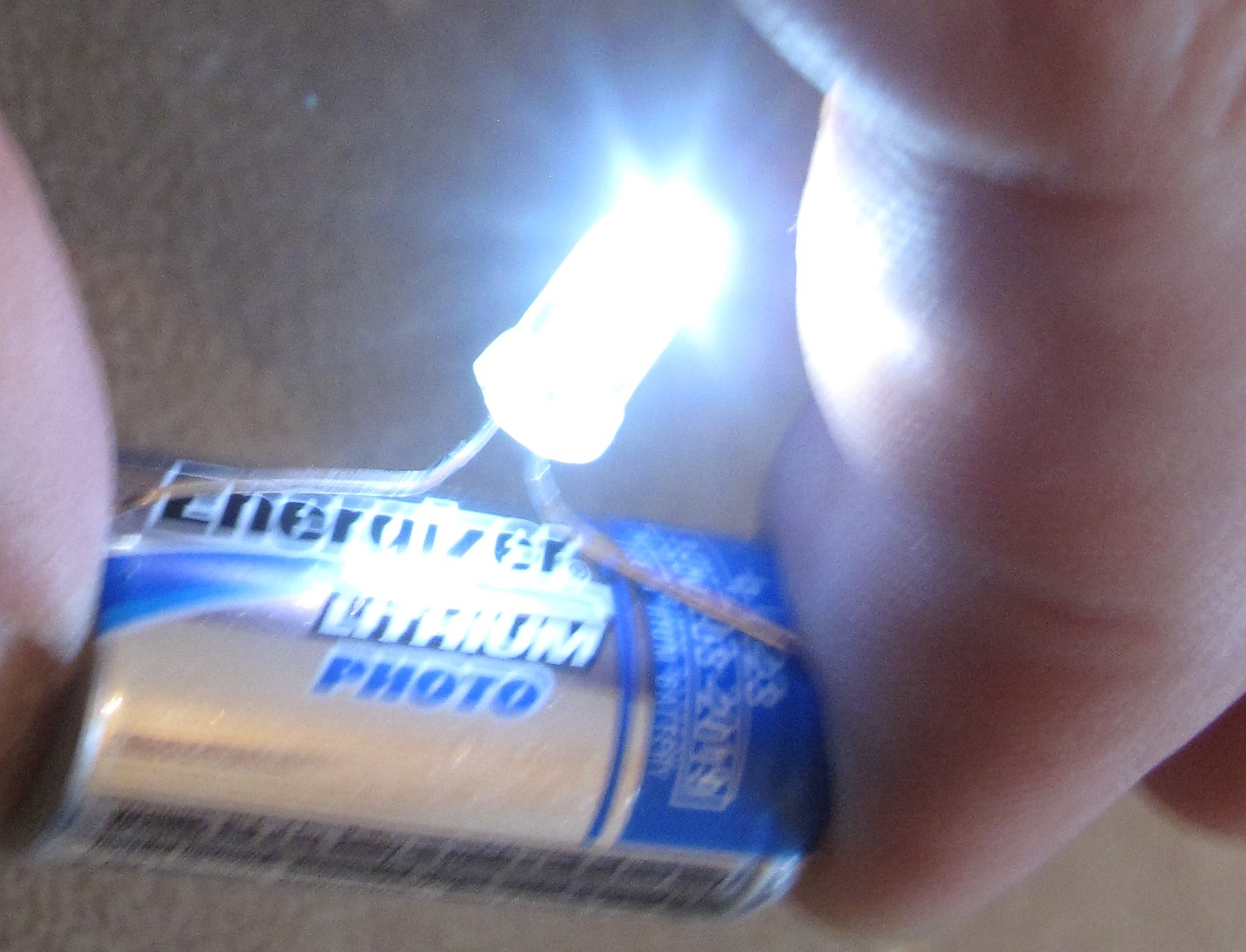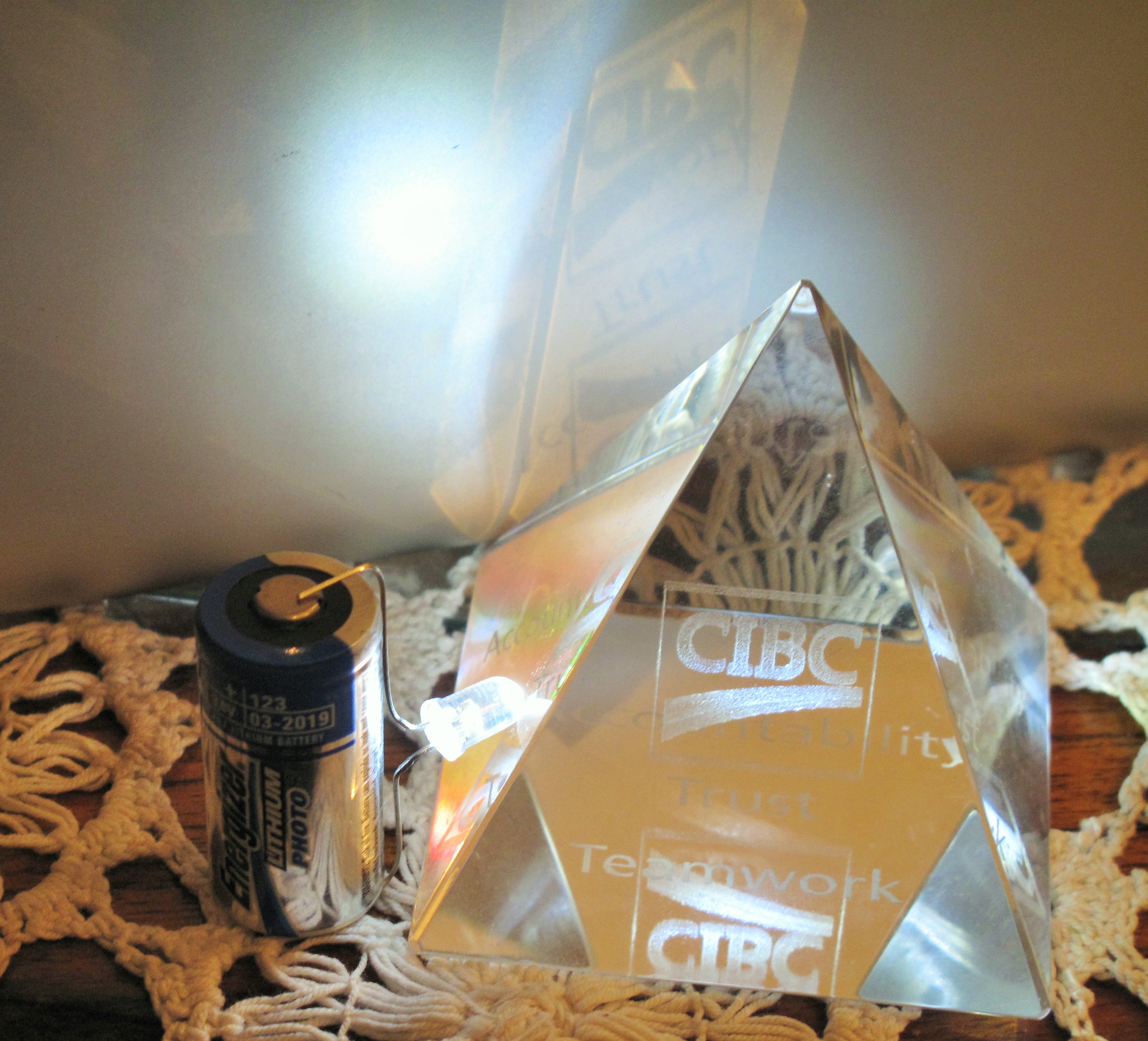Vincent Tubb
Newbie level 5

I wonder if someone would be kind enough to help me? I have recently decided to fit a LED single bulb into my products. But im having a few problems, and i dont want to guess, beings that it involves customers. [which i respect]
My requirements is for the LED battery[ies] to last approximately 12 months[?] before changing. And i assume the the actual bulb can last 10yrs+.
Could anyone suggest what type of battery[ies], or 'set up' i would need to achieve this?
Thanks in advance for any replies [and i hope that its not off topic - if so my sincere apologies]
kind regards Vince
My requirements is for the LED battery[ies] to last approximately 12 months[?] before changing. And i assume the the actual bulb can last 10yrs+.
Could anyone suggest what type of battery[ies], or 'set up' i would need to achieve this?
Thanks in advance for any replies [and i hope that its not off topic - if so my sincere apologies]
kind regards Vince







